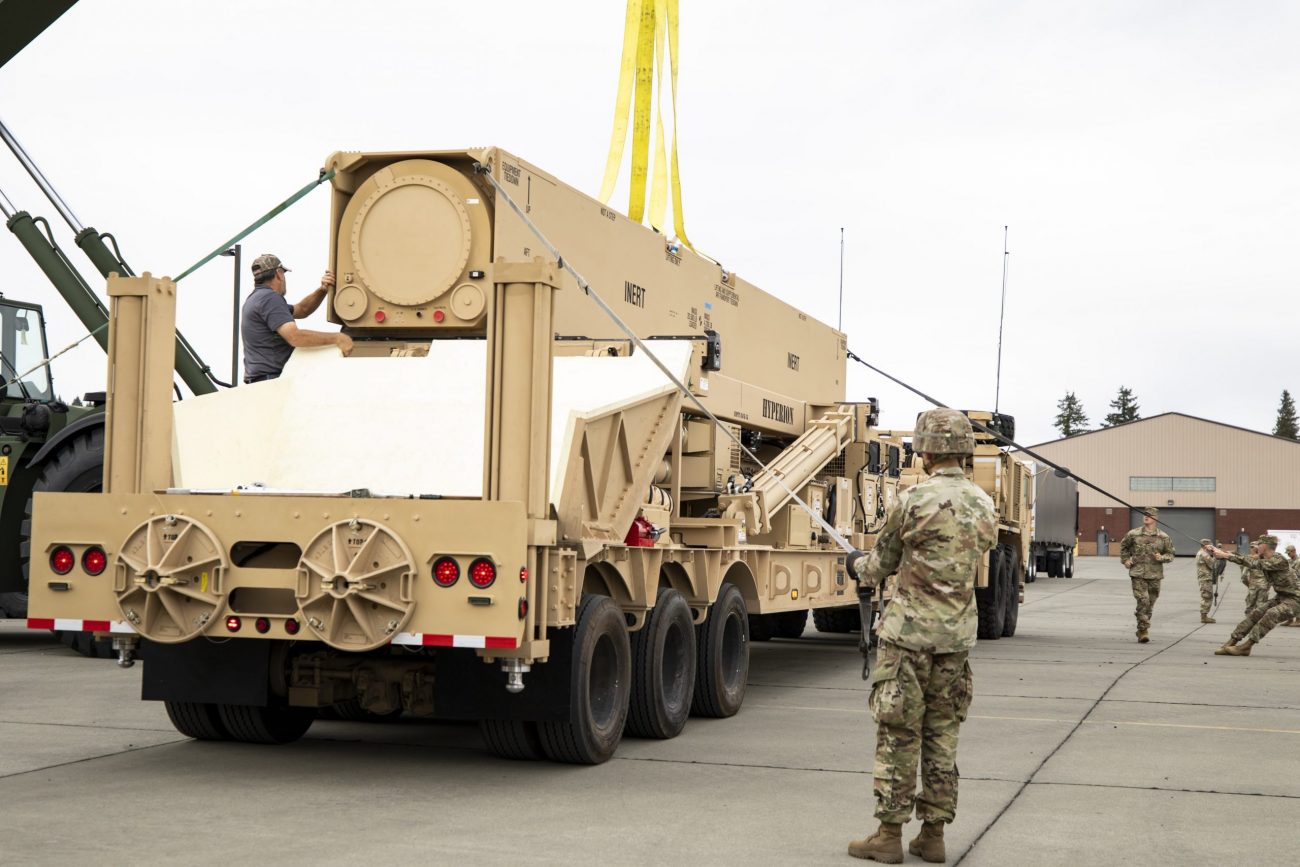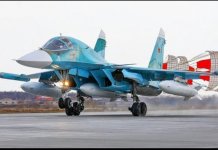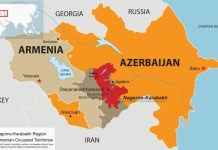Australia has opened a new research center at Eagle Farm in Brisbane to support the research and development of hypersonic weapons.
The Australian Hypersonic Research Precinct, which was unveiled by the country’s Defense Minister on January 25, will boost collaboration between the military, industry, universities, and foreign partners to advance the development of hypersonic technology.
$8.7B Eurofighter Typhoon Deal ‘Under Scanner’ As Corruption Charges Levelled Against Top Officials By Kuwaiti Govt
After S-400 Missiles, Russia Deploys Its ‘Most Powerful’ Dogfighter To Belarus Amid Escalating Tensions With NATO
The R&D efforts will focus on high-speed and hypersonic flight research and technologies, with the goal of improving technical understanding and application through flight test vehicles. The $14-million center, according to a press release, can house more than 60 employees. The University of Queensland is a key player in hypersonic research in Australia.

“It’s a complex technological challenge to build vehicles capable of flying at five times the speed of sound, that skim the stratosphere, to target any location on the planet,” Minister for Defence Peter Dutton said.
He further stated that the “technology produced here will help us better protect against the malicious use of hypersonic technology and will enable us to strike any prospective adversaries from afar, deterring aggression against Australia’s national interests”.
Late last year, Dutton talked about a “highly successful defense flight trial” as part of a classified effort to “counter hypersonic threats”, without revealing further details.
Reacting to this development, defense contractor Thales Australia said, “Thales Australia is proud to be actively supporting the government’s innovation and national security objectives through our Collaborative Research and Development Program delivering Advanced Rocket Motor Technology.”
Thales will work with a range of SMEs including Southern Launch, Airspeed, Mincham and Mackay Defence, that will provide tooling and precision engineering, specialized insulation, composite cases, and design and launch services.
By American standards, Australia’s investment in the facility is not very large. However, reports indicated that the investment in hypersonic R&D may substantially increase as part of the AUKUS pact, which includes hypersonics as a vital element.
The report further stated that classified research and development forms a major part of AUKUS (Australia-UK-US) deal.
“Today we face, I believe, the most profound change in our strategic environment since the Second World War,” Dutton said of geopolitical strategic worries, which include hypersonic technology. He explained that the test flight is vital not only for offensive capabilities but also for study into ways to strengthen Australia’s defenses.
Australia’s Interest In Hypersonic Weapons
In recent years, Australia has increased its defense capabilities in response to mounting threats from China and Russia. China and Russia have already demonstrated their hypersonic weapon capabilities, while the United States is slowly catching up.
In 2020, Australia and the US announced the development of a new hypersonic cruise missile. The development of prototypes under what’s called the Southern Cross Integrated Flight Research Experiment (SCIFiRE) is part of a larger Australian effort to create a variety of precision strike weapons in response to China and Russia’s aggressive development of hypersonic weapons.

Australia’s then-Defence Minister Linda Reynolds said the trial would end with flight tests to assess how the weapon performed in real-world situations.
Former US Under Secretary of Defense, Michael Kratsios, said the project builds on 15 years of collaboration between the American and Australian militaries. “This initiative will be essential to the future of hypersonic research and development, ensuring the US and our allies lead the world in the advancement of this transformational warfighting capability,” he said in a statement.
The two countries are developing a hypersonic cruise missile with an air-breathing scramjet engine that will be carried by Australia’s F-18 and F-35A fighter jets, as well as the P-8A surveillance plane. Moreover, local defense industries will be enlisted to help with the project, which is expected to take between five and ten years to complete.
- Contact the author at ashishmichel@gmail.com
- Follow EurAsian Times on Google News





